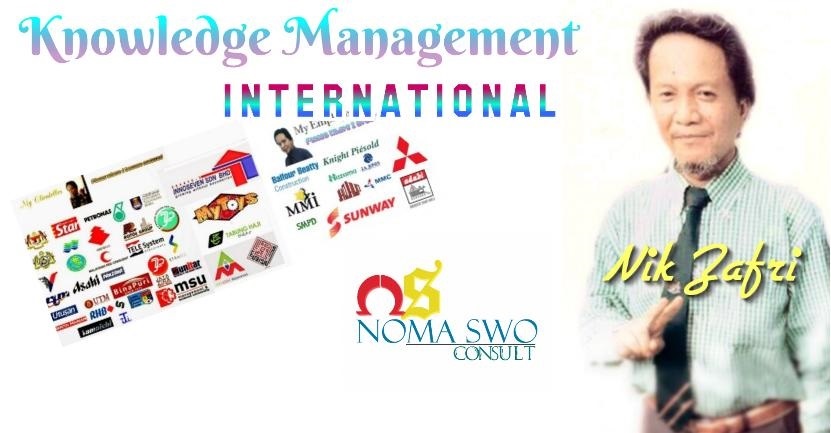Kajian : Nik Zafri (Kajian asal 1998)
Pelan perniagaan yang baik ialah yang berwibawa, mudah difahami dan menarik perhatian golongan sasaran yang tidak begitu biasa dengan sesuatu jenis perniagaan. Walaubagaimanapun, pelan perniagaan tidak menjamin kejayaan tetapi ianya dapat meminimakan kegagalan.
Fakta :
1) Terdiri dari sasaran perniagaan - justifikasi kenapa ianya boleh dicapai dan bagaimana untuk mencapainya
2) Mempunyai maklumat organisasi yang akan memastikan sasaran ini tercapai
2.1) Antara sasaran yang penting ialah sasaran kewangan - ramalan keuntungan dengan analisa yang logik
3) Untuk semua jenis organisasi - tidak kira kerajaan mahupun swasta tetapi mempunyai sasaran kewangan yang berbeza.
3.1) Kerajaan/sektor awam/agensi biasanya menumpukan kepada keseimbangan KPI dan marjin atau 'mengoptimakan 'revenue' (hasil bersih ditolak perbelanjaan selepas pembekalan perkhidmatan - umpamanya kutipan cukai, fi perkhidmatan dsb)
4) Juga dipanggil pelan pemasaran. Dalam konteks ini, kadangkala pelan perniagaan atau pelan pemasaran biasanya diaplikasikan bukan sahaja sebelum perancangan membuka sesuatu perniagaan tetapi juga semasa operasi contohnya dalam kes pengenalan kepada produk baru, penjenamaan dan diversifikasi perniagaan.
5) Perlu ditumpukan kepada faktor luaran dan faktor dalaman.
5.1) Faktor Luaran - pemegang saham, pelanggan, pengguna sasaran.
5.2) Faktor Dalaman - komunikasi, latihan dan pembangunan, dasar, objektif, pengurusan strategik, analisa pemasaran, sumber manusia, 'balance scorecard', produk/perkhidmatan, sumber (seperti ICT, Pejabat dll) dll.
5) Dalam faktor 4 di atas, terdapat juga lain-lain pelan yang dipanggil pelan operasi. Bergantung kepada jenis perniagaan/industri - contohnya pembinaan, kadangkala ianya dipanggil sebagai Pelan Kualiti Pembinaan yang menjadi salah satu syarat kontrak oleh pihak Klien kepada Kontraktor Utama.
6) Pelan perniagaan merupakan mekanisma membuat keputusan. Sebenarnya tidak ada sebarang format khusus kerana ianya bergantung kepada siapakah golongan sasaran dan jenis objektif yang telah dirancang.
7) Paling popular, pelan perniagaan diperlukan untuk tujuan mendapatkan pinjaman (jenis pelbagai) atau pembiayaan (contohnya pembiayaan ekuiti) dari institusi perbankan dan kewangan - di mana penumpuan diberikan kepada cara dan keupayaan pembayaran kembali, sumber yang sediada, prospek pembangunan, faktor persaingan dan 'market survival' dll.
8) Penyediaan pelan perniagaan memerlukan pelbagai kemahiran, pengetahuan dan pengalaman untuk memastikan keberkesanann jenis disiplin perniagaan yang dihuraikan. Antara perkara yang diutamakan ialah kewangan, sumber manusia, harta intelek, rantaian pembekalan (supply chain), operasi dan pemasaran.
9) Cara persembahan yang sesuai
9.1) format persembahan mestilah ringkas, menarik dan munasabah - penumpuan kepada ringkasan eksekutif, graf, ringkasan kewangan, KPI/Objektif, perkhidmatan/produk (demonstrasi jika perlu) dll yang perlu
9.2) 'pitching' suara yang sesuai - fakta lisan yang dipersembahkan mestilah dapat menarik perhatian pembiaya, pelanggan dan rakan kongsi.
9.3) persembahan yang berjaya biasanya akan menarik interaksi yang positif - ini biasanya adalah satu tanda kejayaan dalam sesuatu persembahan,
9.4) Siapkan salinan ringkas persembahan untuk pembiaya, pelanggan dan rakan kongsi supaya mereka dapat merujuksilang di samping melihat persembahan
9.5) Semakin tinggi pengetahuan mereka yang mempersembahkan, semakin tinggi prospek kejayaan persembahan berkenaan.
Struktur tipikal pelan perniagaan (pra-perniagaan)
- muka hadapan dan kandungan, ringkasan eksekutif, keterangan perniagaan, analisa persekitaran, latarbelakang industri, analisa persaingan, analisa pemasaran, pelan pemasaran, pelan operasi, faktor pengurusan, kewangan dan lampiran/jadual.













